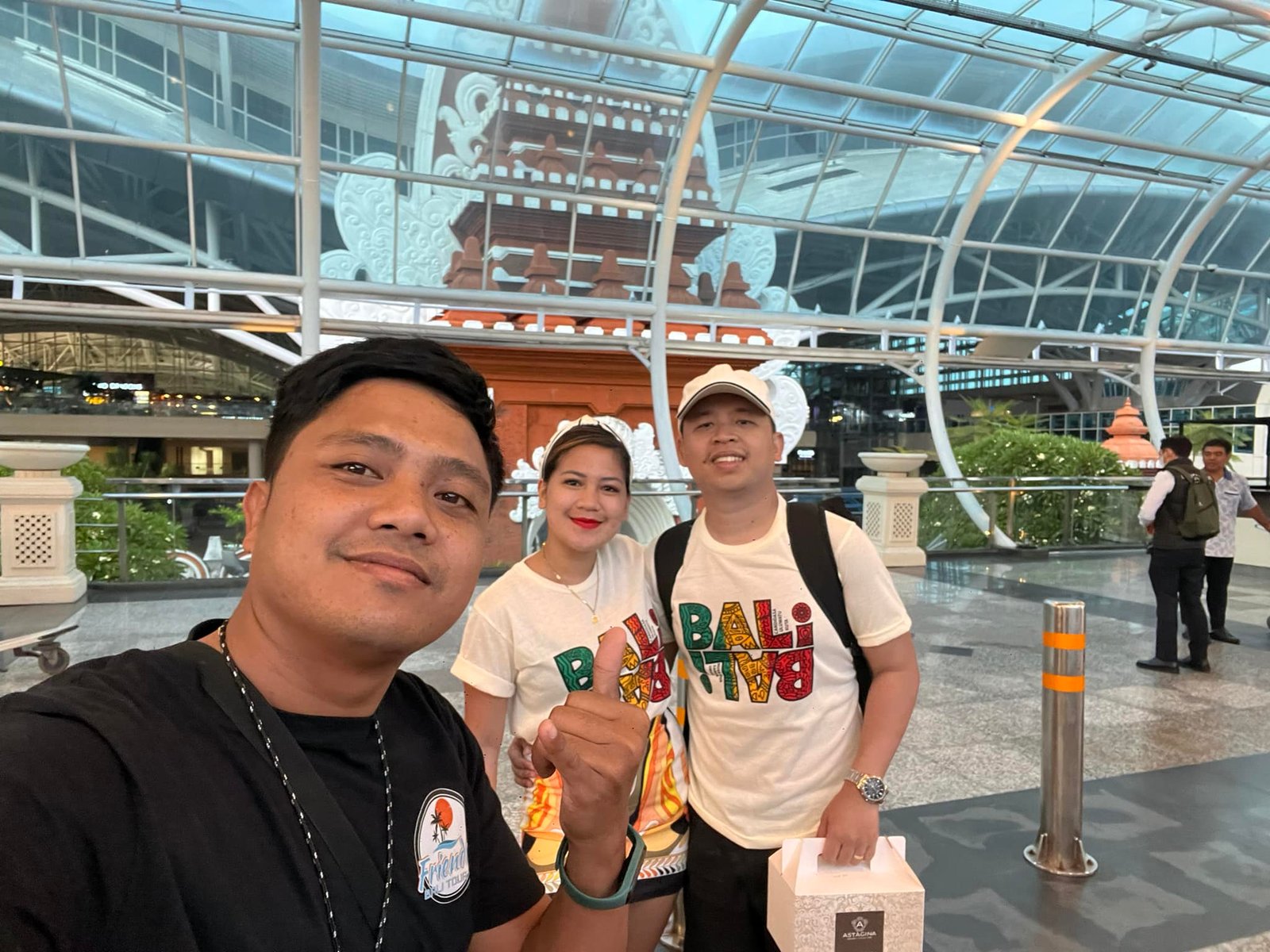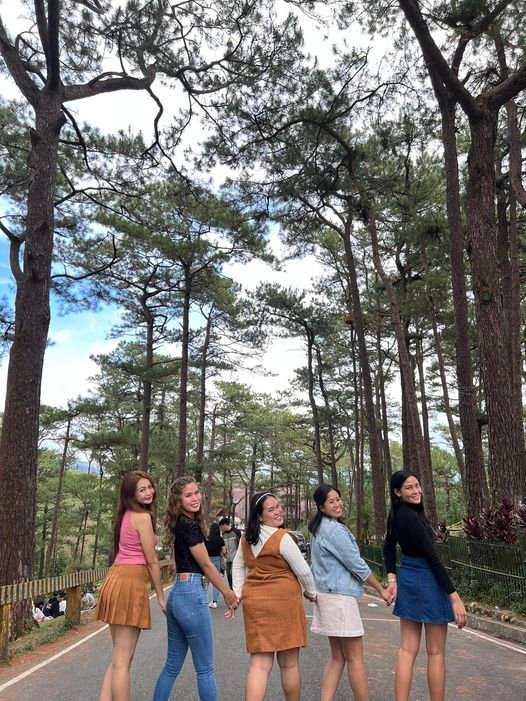Taman Ayun Temple
Bali Taman Ayun Temple is located in Mengwi Village, Badung District, about 18 kilometres west of Denpasar. As the name implies, it is a wonderfully gorgeous temple. (Taman Ayun means temple in a beautiful garden). Taman Ayun Temple is also regarded to have historical significance, prompting the Bali regional administration to request that it be included to the World Heritage List by UNESCO in 2002. Taman Ayun Temple is a temple that many visitors stop by on their way to Tanah Lot Temple in the afternoon because it is located in Tabanan Village, which is near to Tanah Lot and is frequently included on the Half Day Tour.
Things To Know Before Visit Taman Ayun Temple
The Taman Ayun Temple is located on Jl. Ayodya No.10, Mengwi, Kec. Mengwi, Badung Regency, Bali 80351, in the village of Mengwi and is also known as the Mengwi Temple, a very strategic location not far from other tourist destinations that are no less interesting. It takes approximately 90 minutes to go from Kuta to this spot, and approximately 75 minutes to travel from Ubud. It’s not difficult to discover the Taman Ayun Temple; if you wish to investigate on your own, you may use Google Maps, and there are already many signposts at each fork in the road. If you don’t want to explore on your own, you may utilize our Hire Private Car and Driver services at affordable prices and, of course, a very satisfactory service, or select one of the packages, particularly the Half Day Tanah Lot Sunset Tour, which will visit the Taman Ayun Temple and the temple. Tanah Lot with a magnificent sunset, a comfy automobile, and a very nice driver will make this journey even more delightful and significant.
Taman Ayun Temple is the Mengwi Kingdom’s Mother Temple (Paibon). In the Javanese year of 1556, Mengwi King, I Gusti Agung Putu, constructed this temple. (1634 AD). I Gusti Agung Putu first built a taman ayun temple to the north of Mengwi hamlet to worship his ancestors. Genter Park was the name given to the shrine. When Mengwi evolved into a large kingdom, I Gusti Agung Putu expanded Genter Park to the east. On Kliwon Tuesday, Medangsia, the fourth month of the Javanese year 1556, the expanded temple was officially named Taman Ayun Temple. Until today, a piodalan (ceremony) is held in this temple to commemorate the temple’s anniversary on Kliwon Tuesday of wuku Medangsia in the Javanese calendar (Saka). The purpose and goal of the king’s establishment of these temples is for him and the people of the Mengwi kingdom to seek blessings for the safety, welfare, and fertility of the land. Also, to provide all Mengwi people with the opportunity to engage in religious rites at the Taman Ayun temple, such as teaching and learning, mendak sangpitara, nunas pekuluh (holy water) to destroy pests in the fields, and others. Taman Ayun Temple was also created, as well as a temple to honor “Pasek Badak,” the spirit of which was carried by all Bala Putra stone cadets. (royal soldiers).
Taman Ayun Temple was greatly influenced by the ups and downs of the Mengwi kingdom. In 1890 AD (1812 Caka), a war broke out with the King of Badung, Mengwi suffered defeat, and the king of Mengwi (the tenth) “I Gusti Agung Made Agung” died in the battle, while the entire family escaped to the east. Taman Ayun Temple was restored after a portion of the royal family returned to Mengwi in 1911 AD. However, on Saturday, January 20, 1971 AD, there was a very strong earthquake (gejer), which caused many of the existing buildings to collapse and be destroyed. Has undergone several restoration projects. In 1937, extensive restoration was carried out. The building was restored in 1949. The Bentar temple’s kori agung (great room) has been restored. During this time, a large wantilan was also built. The third repair was completed in 1972, and the final restoration was completed in 1976. For those who enjoy taking photographs, the majestic Kori Agung (main gate) is an excellent choice for a backdrop.
The Bali Taman Ayun Temple is considered to have very high historical value and a very important role in the history of Badung Regency, where the Taman Ayun Temple was built by King Mengwi with the intention of worshiping the kings’ ancestral spirits, which was realized by the construction of a gedong paibon. The local community and government recommend that Taman Ayun Temple be designated as a world heritage site by The World Heritage Center or UNESCO (United Nations Educational, Scientific, and Cultural Organization). (world heritage). So, in 2022, the Bali provincial government asked to UNESCo that this Taman Ayun Temple be added to the World Heritage List, and ultimately, after a long wait of almost ten years, and UNESCO eventually approved to add the Taman Ayun Temple in the world heritage list in 2012. Taman Ayun Temple has been added to the list of global cultural heritage sites. Taman Ayun Temple is a historic building that is a relic of the Mengwi kingdom in ancient times. As one of the cultural heritages, this temple is increasingly preserved so that future generations can see it and remember the history of the ancient ancestors who built this Taman Ayun temple, as well as its function and purpose.
Temples in Bali in general will use the Tri Mandala concept in building temple complexes, and this concept was first introduced by Dang Hyang Nirartha who was on a holy journey to spread religious teachings on the island of Bali in ancient times, and this concept is still used today, as well as Taman Ayun Temple in Mengwi Village also takes the concept of Tri Mandala as the concept of the room and building of this sacred temple area. Taman Ayun Temple is divided into three inner courts, just like the temples in Bali, where the three courtyards consist of the most sacred parts called Utama Mandala (offal), Madia Mandala (Jaba Tengah) and Nista Mandala (jabaan). To enter the Main Mandala, Kori Agung (Paduraksa) was built, while in Madia and Nista Mandala, a bentar temple (Apit Surang) was built. Taman Ayun Temple complex consists of an 1 outer court and 3 inner courts, which can be explained as follows
- The outer courtyard : this outer courtyard of the taman ayun temple also known as Jaba, is located on the outer side of the pond. There is a bridge over the pond that surrounds the Taman Ayun temple area, the function of the bridge is to connect the outer court to the first inner court. Where on this bridge There are 2 large statues located to the left and right of the end of the bridge, which serve as spiritual guardians of the Taman Ayun Temple, to prevent negative things from entering the Taman Ayun Temple, at the end of the bridge, on the side of the first inner court, there is a Bentar gate followed by a path leading to the first inner court.
- The first inner courtyard : On the left side of the Taman Ayun Temple route, near the gate, there is a small guard post. Here, in the first inner court, there is a Wantilan (a kind of hall) where several ceremonies are usually held, including cockfighting, which is also part of the ritual ceremonies at the temple. There was a path that crossed the first inner court and divided it into two parts, connecting the gates to the first inner court with those to the second inner court. In the southwest, there is a round gazebo where people can rest and enjoy the beauty of the temple. There is a pond near the gazebo overgrown with water lilies. Right in the middle of the pond, there was a small pillar that splashed water in nine different directions. To the east there is a cluster of small temples called the Luhuring Purnama Temple. There is a gate at the end of the Taman Ayun Temple trail which divides the first inner court into two. The gate led to the second inner court, which was on a higher ground than the first.
- The second inner courtyard : you go through the gate to go up to the second courtyard and Across the gate there is a building that serves as a partition. The bulkhead of Taman Ayun Temple is decorated with relief sculptures depicting the nine guardian gods of the winds. In the east there is a small temple called Pura Dalem Bekak. To the west, around the corner, is the Kulkul hall with its high roof. In the second courtyard, many tourists often take pictures in front of the Gate leading to the third (main) courtyard, here producing a very beautiful photo object, with the characteristic of the gate full of Balinese carvings made of bricks and pars stone.
- The third inner courtyard : which is also the deepest and highest, is the most sacred area. The main door, called the door coil, is placed right in the middle and is only opened during ceremonies. However, the main door of Taman Ayun Temple is flanked by two gates through which people can access the courtyard to carry out their daily routines at Taman Ayun Temple. The court houses several Merus, a temple, a Gedong, a Padmasana, a Padma Rong Telu, and other religious buildings.
As for being one of the temple tourist destinations that is never empty, this Bali Taman Ayun Temple has very complete facilities, so that it will make tourists feel very comfortable visiting Taman Ayun Temple. From a very large parking lot, it will make the atmosphere comfortable, you don’t need to think long when visiting Taman Ayun because the parking lot is spacious and can accommodate large buses too, there is a shop selling cold food and drinks in front of the temple, you can buy if you feel thirsty and the price is quite very cheap and there are also toilet facilities that you can use, this toilet facility is located on the first page of the Taman Ayun temple, besides that the garden facilities are very spacious and will spoil your eyes to see the beauty of this temple. Taman Ayun Temple is an experience that will never be forgotten by visiting one of the important temples in the Mengwi village and is one of the relics of the Mengwi kingdom in ancient times. If you are on vacation on the island of Bali, take the time to visit this Taman Ayun Temple with all its uniqueness and beauty that will complete your religious adventure on the island of Bali







